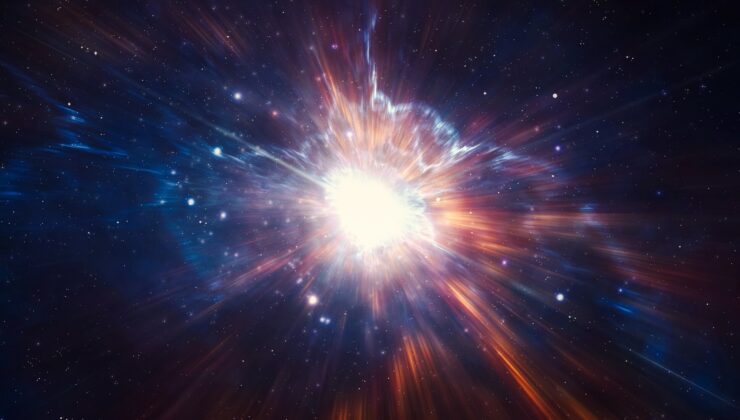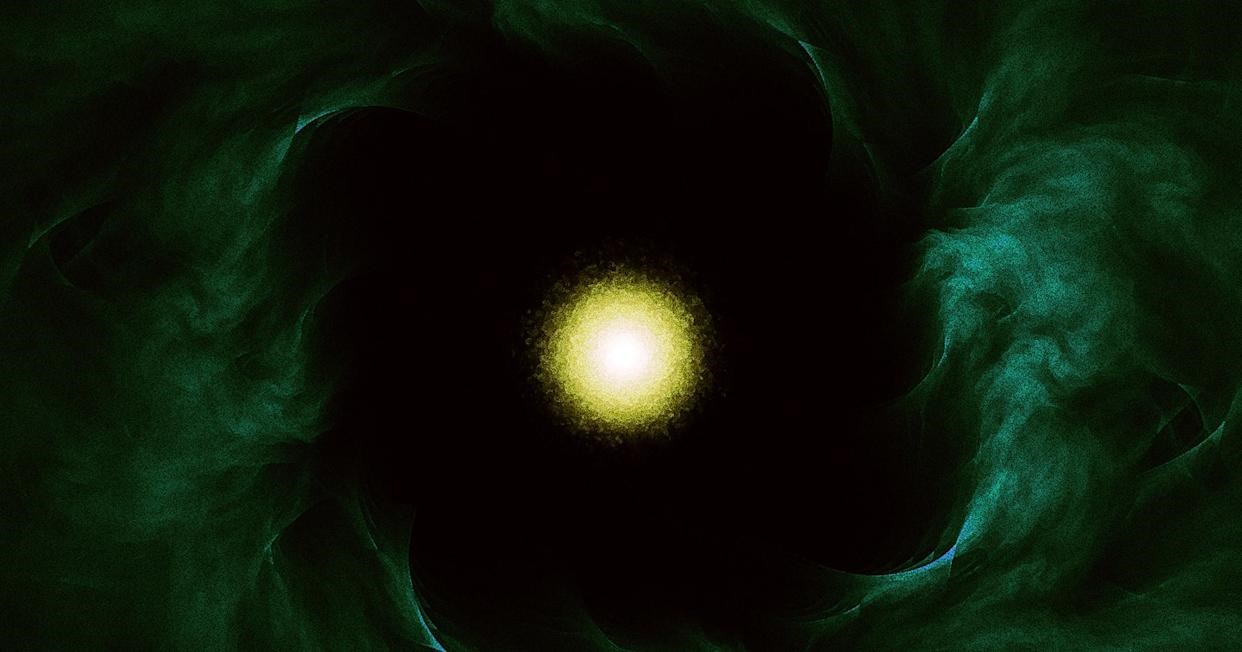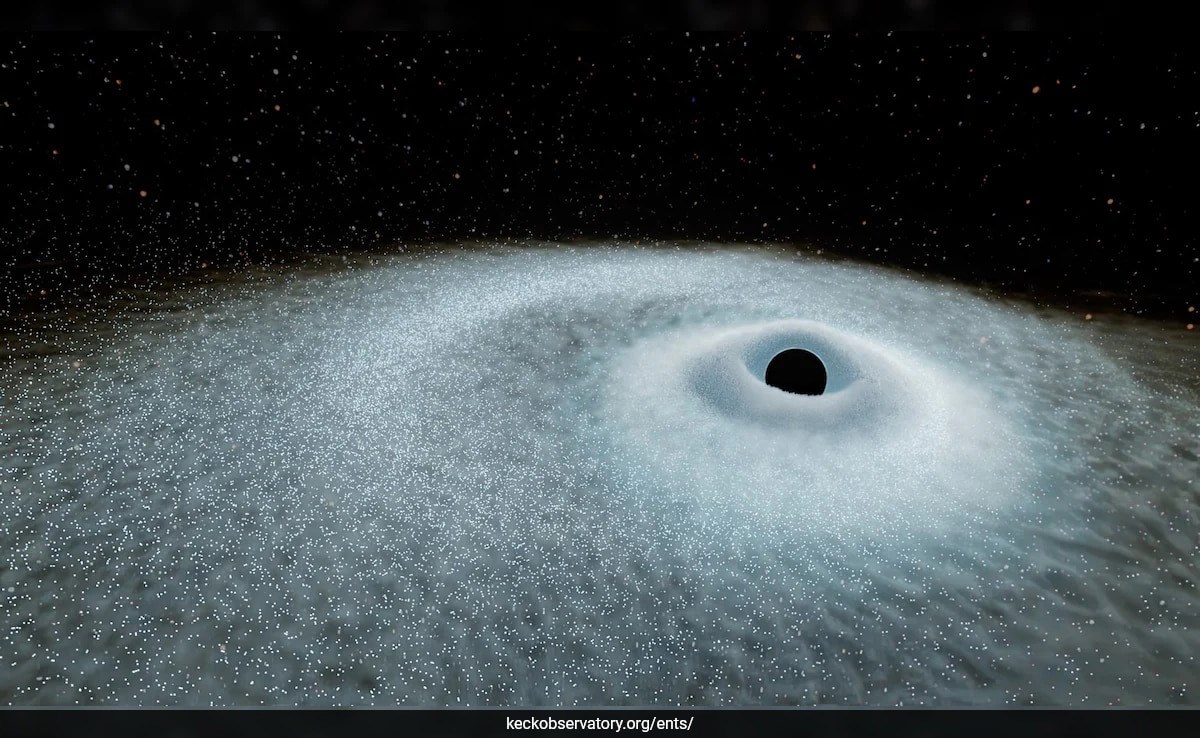

Supernovae and gamma-ray bursts have long been regarded as the universe’s most cataclysmic events. However, astronomers have now identified explosions that eclipse these phenomena: extreme nuclear transients or ENTs. These events are now recognized as the most powerful explosions witnessed since the Big Bang. A team led by Jason Hinkle from the University of Hawaii’s Institute for Astronomy has detailed these remarkable occurrences in a study published in Science Advances.

ENTs are characterized by their much more potent and enduring flares compared to any previously known stellar demise. Unlike typical short-lived events, ENTs illuminate the cosmos for years.
ENTs are triggered when a star at least three times the Sun’s mass falls into the gravitational grip of a supermassive black hole. This interaction is far more devastating than typical “tidal disruption events.” Rather than being obliterated in an instant, the star undergoes a slow and agonizing destruction. The star’s remnants then spiral into a disk around the black hole, emitting a luminous glow for an extended period.

These events shine approximately ten times brighter than typical tidal disruption events and release energy for much longer durations. Some ENTs discharge 25 times the energy of the most powerful supernova ever observed.
While scrutinizing data from the European Space Agency’s Gaia mission, Hinkle and his colleagues detected unusually prolonged flashes of light recorded in 2016 and 2018. These flares originated from the centers of distant galaxies and, unlike conventional events, remained visible for years.
The most potent ENT observed is named Gaia18cdj. This event, within a single year, emitted a hundredfold the energy that the Sun will produce over its entire lifetime. In contrast, a supernova generally yields energy equivalent to the Sun’s total output.
Studying these extraordinary explosions provides astronomers with insights into both stellar death and the growth of supermassive black holes. Co-author Benjamin Shappee emphasized the importance of such observations in understanding black hole growth during the universe’s formative years. ENTs reveal how black holes consumed and grew when the universe was significantly more active. During this era, galaxies were denser, fostering intense star formation and black hole feeding.
BİLGİ
24 saat önceSİGORTA
2 gün önceSİGORTA
5 gün önceSİGORTA
10 gün önceSİGORTA
12 gün önceSİGORTA
12 gün önceSİGORTA
13 gün önceSİGORTA
16 gün önceSİGORTA
17 gün önceSİGORTA
18 gün önce 1
DJI Mini 5: A Leap Forward in Drone Technology
20179 kez okundu
1
DJI Mini 5: A Leap Forward in Drone Technology
20179 kez okundu
 2
xAI’s Grok Chatbot Introduces Memory Feature to Rival ChatGPT and Google Gemini
14188 kez okundu
2
xAI’s Grok Chatbot Introduces Memory Feature to Rival ChatGPT and Google Gemini
14188 kez okundu
 3
7 Essential Foods for Optimal Brain Health
13039 kez okundu
3
7 Essential Foods for Optimal Brain Health
13039 kez okundu
 4
Elon Musk’s Father: “Admiring Putin is Only Natural”
12894 kez okundu
4
Elon Musk’s Father: “Admiring Putin is Only Natural”
12894 kez okundu
 5
Minnesota’s Proposed Lifeline Auto Insurance Program
10757 kez okundu
5
Minnesota’s Proposed Lifeline Auto Insurance Program
10757 kez okundu
Sigorta Güncel Sigorta Şikayet Güvence Haber Hasar Onarım Insurance News Ajans Sigorta Sigorta Kampanya Sigorta Ajansı Sigorta Sondakika Insurance News